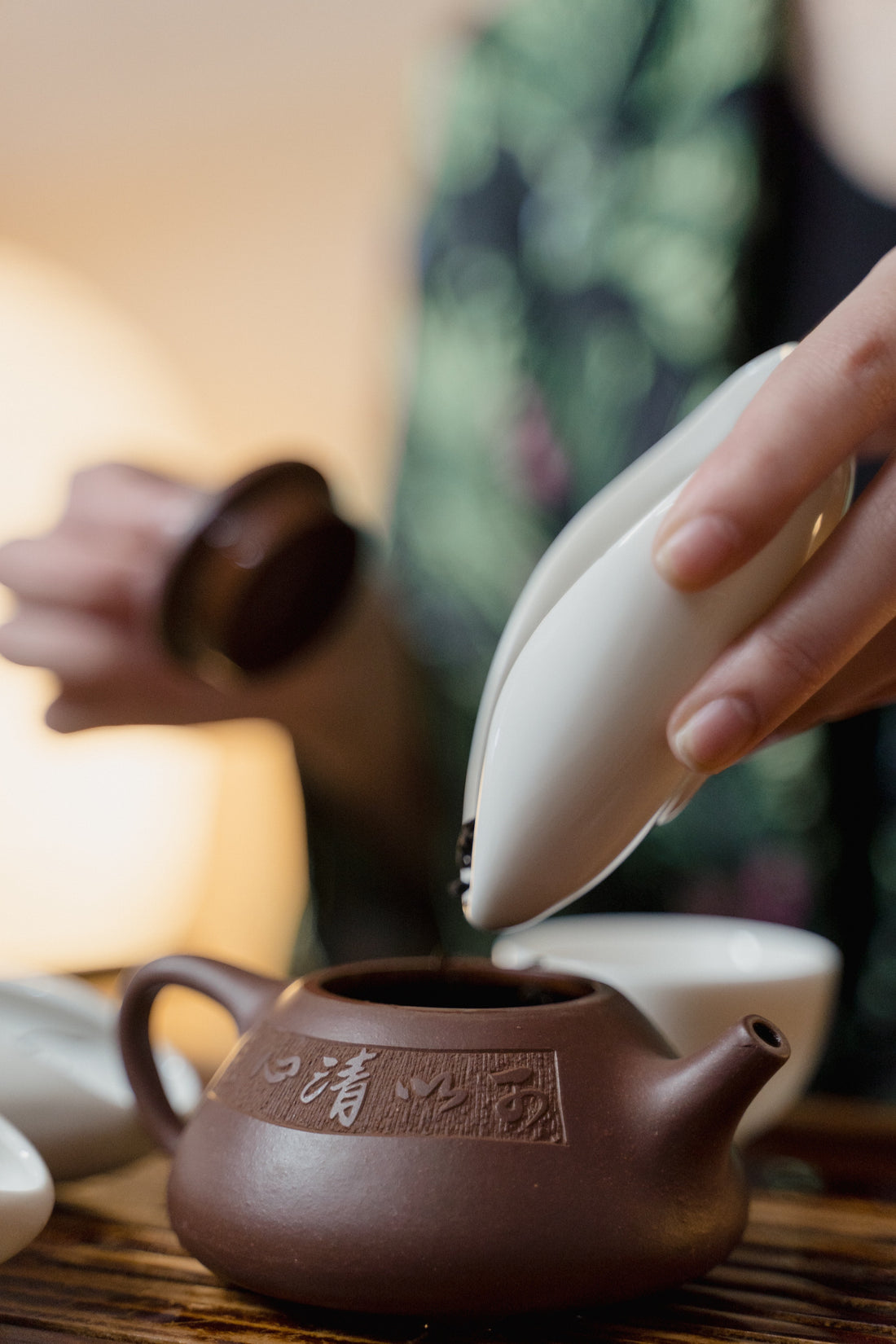Whether it’s loose leaf tea you prefer or a teabag, artisanal or mass produced, you can maximize its potential with a few simple steps:
- Water quality: The water is the very vehicle for the tea leaves to infuse into and form the liqueur, and therefore its importance cannot be overstated. Spring water is best for tea, and the next best option is mineral water. Never use water that is completely stripped of its minerals, like desalinated water, because the compounds in the tea need the presence of minerals in the water to bind to. However, also be wary of using water that has too high a mineral content as it will result in a metallic taste. Your water should be rich in oxygen, which depletes every time you reheat water, so it is recommended to only heat the amount you need, and then top up your kettle with fresh water for each pot/cup of tea. This approach is also more energy efficient and eco-friendly.
- Water Temperature: This, in our opinion, is as important- if not more so- than the water quality itself. In some cases of teas that require precision infusion (like Japanese green teas, or our Jade Caterpillar and Jade Rings teas, for example), a temperature variation of just 2 degrees has proven to yield substantially different results in the flavor profile of the exact same teas. Lower temperatures will extract the softer, mellower flavors, whereas higher temperatures will extract more tannins and the caffeine at a quicker rate. What we've also observed, is that the less oxidized the teas are, the more susceptible they are to higher temperatures and likely to become bitter, and the more oxidized teas are, the more they can withstand higher temperatures, because for the former you want to extract the softer, sweeter flavors of the leaves whereas in the latter you're actually ok with extracting the tannins.
- Rinsing your teapot: Using water at the temperature that you want to infuse your tea at, rinse your teapot by letting hot water sit in it for a few minutes, and then discard it. This will ensure that when you pour water over your tea leaves, the temperature won’t drop.
- Rinsing the leaves: Rinsing most tea leaves in water at the prescribed temperature helps awaken the leaves. Nothing in the world of tea is ever black and white, so there are some teas that require an exception to this rule, but in most cases, especially tightly rolled teas, this process will awaken, loosen, and prep your tea leaves for the actual infusion. You can achieve this by just giving them a twirl in the warm water for 15 seconds and then discarding that water.
- Ratio of leaves to water: A standard benchmark most tea evaluators use use is 2-3 grams per 100-175 mls of water, but this can be tweaked depending on your personal preference. Naturally if your ratio of water:leaves is larger, you'll achieve a very weak infusion. If you want a stronger infusion, we encourage you to add more leaves rather than increasing the infusion time.
- Infusion time: The infusion time is incredibly important. Never infuse based on the color of the liqueur, but always based on time, whether it is the prescribed time on the packaging or a time you've figured out through experience, trial and error, and your own preferences. Each tea, will yield a different colored liqueur depending on what type of tea it is. Even similar types of teas will yield varying colors of liqueur depending on the quality, cultivar, growing, harvesting and processing techniques, so always try to go by time rather than color. If you want a stronger infusion, we suggest adding more leaves, not more time.
- The golden drops: Don’t leave any tea leaves sitting in your liquid past the recommended or preferred infusion time as the leaves will continue to over-infuse, and make sure you shake those last few golden drops into your cup too, as those are the richest and most flavorful!
- Be Present. Allow yourself to clear your mind of your worldly troubles and just be one with the tea. Be truly present, savor and enjoy your cup of tea if you are to truly discover the complex nuances of real tea.





